In the field of precision medical injection molding, the sliding phenomenon of molds has emerged as a critical bottleneck restricting product yield. A medical device company once suffered a direct economic loss of over RMB 2 million due to slider displacement in its mold, resulting in a 30% defect rate in catheter connector products with side-hole size deviations. This case underscores the lethal impact of sliding on medical products—from assembly failures in surgical instruments to dimensional out-of-tolerance in implants, where even minor sliding can trigger severe medical accidents. This article systematically analyzes the causes and solutions of sliding phenomena in medical plastic molds from the perspectives of mold design, material properties, and process parameters.
1. Mold Structural Defects: The Innate Vulnerabilities of Sliding Risks
1.1 Insufficient Rigidity
Medical molds often endure injection pressures of 1,200–1,500 kg/cm². If the moving platen uses low-strength materials like A3 steel or has inadequate thickness, it is prone to deflection under packing pressure. A cardiac stent mold with a moving platen thickness only 70% of the standard value exhibited a 0.3 mm downward deflection, causing slider positioning pin fractures. Solutions include adopting pre-hardened mold steel and installing support pillars to increase the effective bearing area of the platen by 40%.
1.2 Positioning System Failure
The slider positioning mechanism is core to ensuring molding accuracy. An insulin pen mold using a 6 mm diameter positioning pin developed a 0.05 mm gap after 5,000 cycles, leading to a 0.2 mm side-hole positional shift. Improvements involve adopting H7/g6-fitted tapered positioning pins with hard chromium plating (HRC 58–62 hardness) and adding hydraulic locking devices on both slider sides to control positioning repeatability within ±0.01 mm.
1.3 Guide Rail System Wear
The clearance between sliders and guide rails directly affects motion stability. A dialyzer end-cap mold with a 0.03 mm guide rail straightness deviation caused a 0.15 mm lateral displacement during slider movement. By replacing traditional T-rails with ball guides and reducing the clearance from 0.05 mm to 0.01 mm, the slider motion repeatability improved threefold.
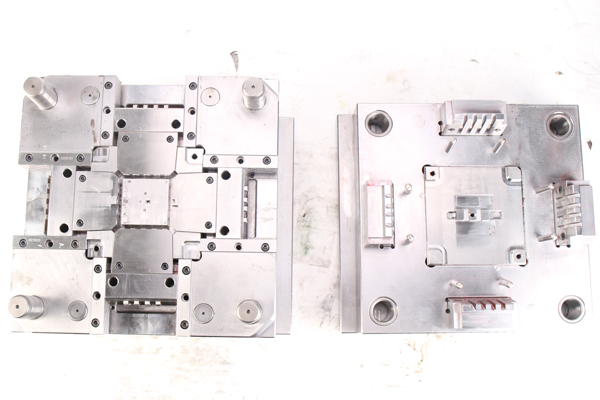
2. Material Property Conflicts: The Invisible Drivers of Sliding Friction
2.1 The Double-Edged Sword of Lubricants
Medical-grade lubricants must balance biocompatibility and performance. A bone screw mold using molybdenum disulfide-containing grease reduced the friction coefficient to 0.05 but caused reticular cracks due to residue. Switching to polytetrafluoroethylene (PTFE) coating maintained a friction coefficient of 0.08–0.12 while passing ISO 10993 biocompatibility tests.
2.2 Thermal Expansion Mismatch
The thermal expansion coefficient difference between PC/ABS alloys and mold steel reaches 3×10⁻⁵/°C. At 80°C mold temperature, the gap variation between core and cavity can reach 0.02 mm. A respirator mask mold using Invar alloy (1.5×10⁻⁶/°C expansion) for the core limited thermal deformation to 0.003 mm.
2.3 Plastic Flowability Runaway
High-flow materials (MFR >30 g/10 min) easily generate flash at slider clearances. An infusion set mold using PP developed 0.08 mm flash at slider parting lines due to improper runner design. Optimizing the runner diameter (from 8 mm to 6 mm) and adding cold wells reduced flash thickness to 0.02 mm.
3. Process Parameter Runaways: Dynamic Triggers of Sliding Deformation
3.1 Critical Effects of Injection Speed
In tests on an artificial joint mold, raising injection speed from 80 mm/s to 120 mm/s increased lateral force on sliders from 1.2 kN to 2.5 kN, causing positioning pin bending. Multi-stage injection control—60 mm/s for runner filling and 100 mm/s for cavity filling—reduced peak lateral force by 40%.
3.2 The Double-Edged Sword of Packing Time
Excessive packing time (>15 s) subjects molds to sustained high pressure. A vascular stent mold developed 0.05 mm elastic deformation under prolonged packing. Variable pressure packing—120 MPa for the first 5 s and 80 MPa for the next 10 s—maintained product density while limiting deformation to 0.02 mm.
3.3 The Golden Range of Mold Temperature
Mold temperature’s impact on sliding friction is nonlinear. A dialysis membrane mold saw slider motion resistance drop from 180 N to 120 N when temperature rose from 60°C to 80°C, but resistance rebounded to 250 N above 90°C due to lubricant failure. Precise ±1°C control via mold temperature controllers stabilized resistance at 150 ±10 N.
4. Systemic Solutions: From Reactive Repairs to Proactive Prevention
4.1 Digital Simulation Validation
Moldflow analysis of a pacemaker housing mold optimized gate positioning (from side to pinpoint gates), reducing slider imbalance force from 3.2 kN to 1.8 kN. CAE structural analysis further increased platen thickness from 45 mm to 55 mm, boosting stiffness by 35%.
4.2 Intelligent Monitoring Systems
A high-end syringe mold integrated pressure and displacement sensors for real-time slider monitoring. The system automatically halted production when lateral force exceeded 2 kN or displacement deviation surpassed 0.03 mm, cutting mold failure rates from 12% to below 2%.
4.3 Preventive Maintenance Frameworks
A blood collection tube mold analyzed 5,000-cycle production data, revealing exponential guide rail wear relative to cycle count. A maintenance strategy of laser interferometer inspections every 2,000 cycles and guide rail replacements every 5,000 cycles extended mold life from 80,000 to 150,000 cycles.
Conclusion: Medical-Grade Standards for Sliding Control
Sliding control in medical plastic molds has evolved from traditional empirical repairs to precision engineering. Through structural optimization, material innovation, precise process control, and intelligent monitoring, sliding deviations can be contained within ±0.005 mm, meeting FDA’s "zero-defect" requirements for medical implants. Future advancements in nanocoating technologies and digital twin applications will propel mold sliding control into the sub-micron era, underpinning breakthroughs in high-end medical device localization.
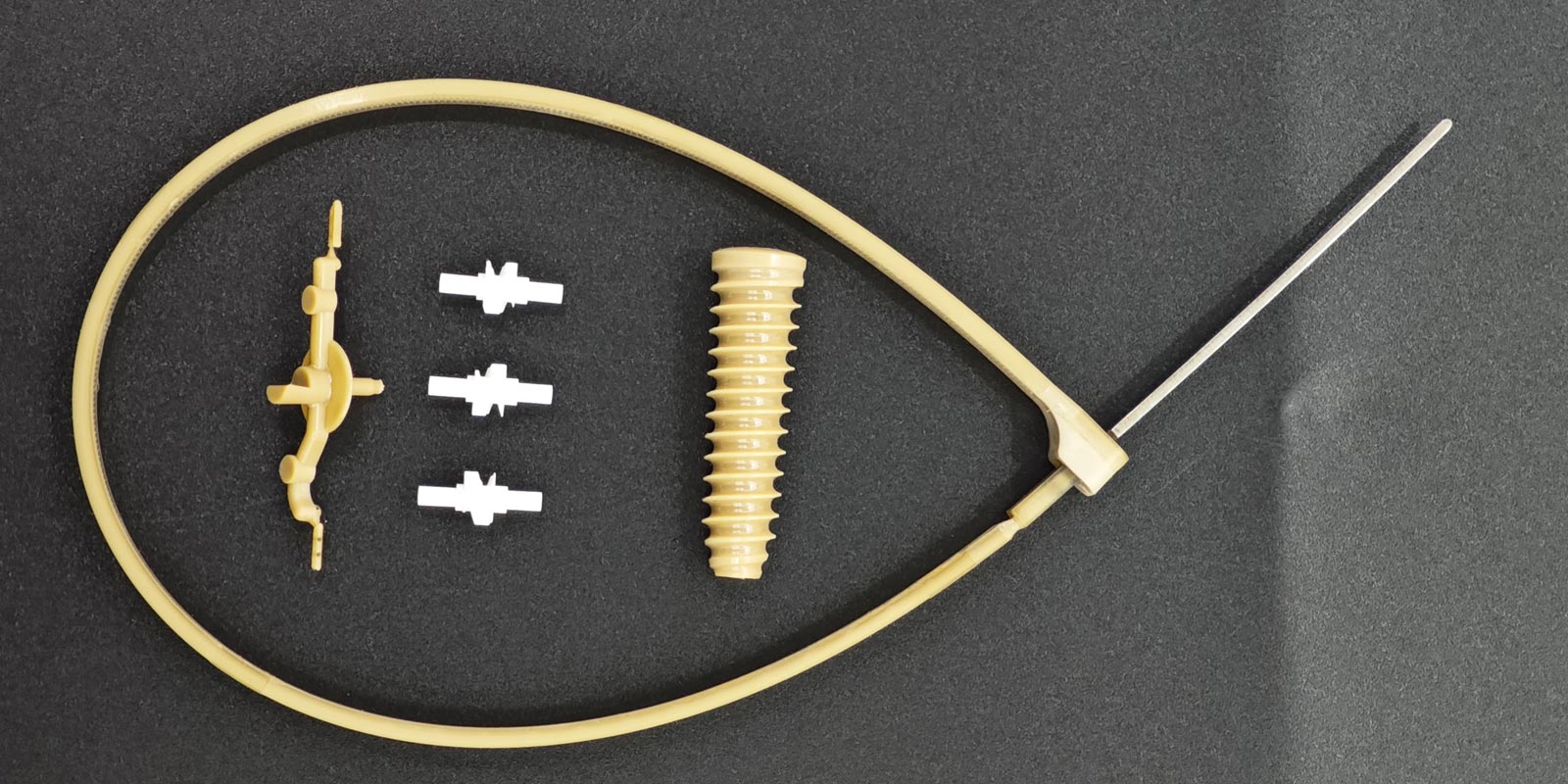
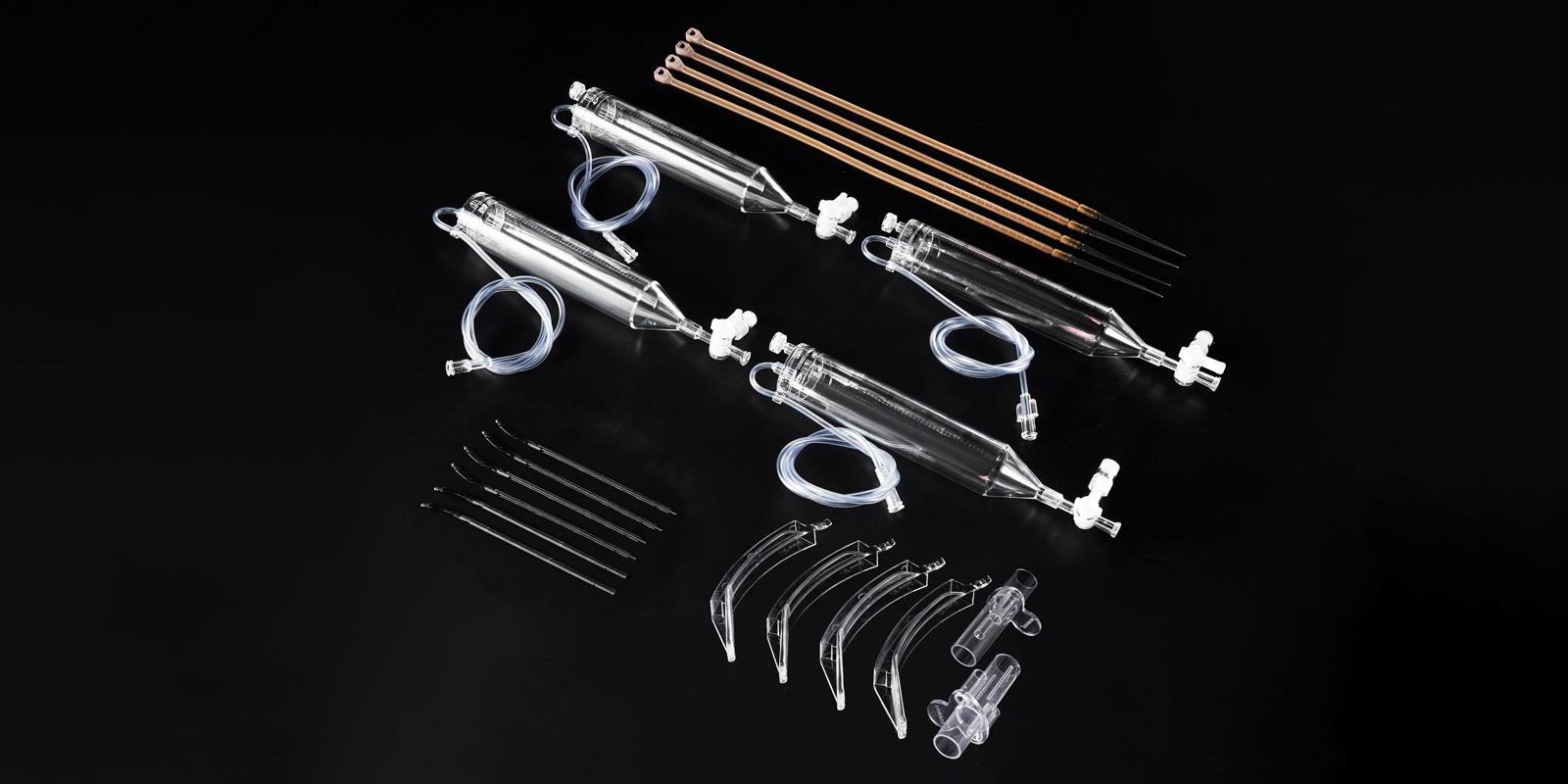
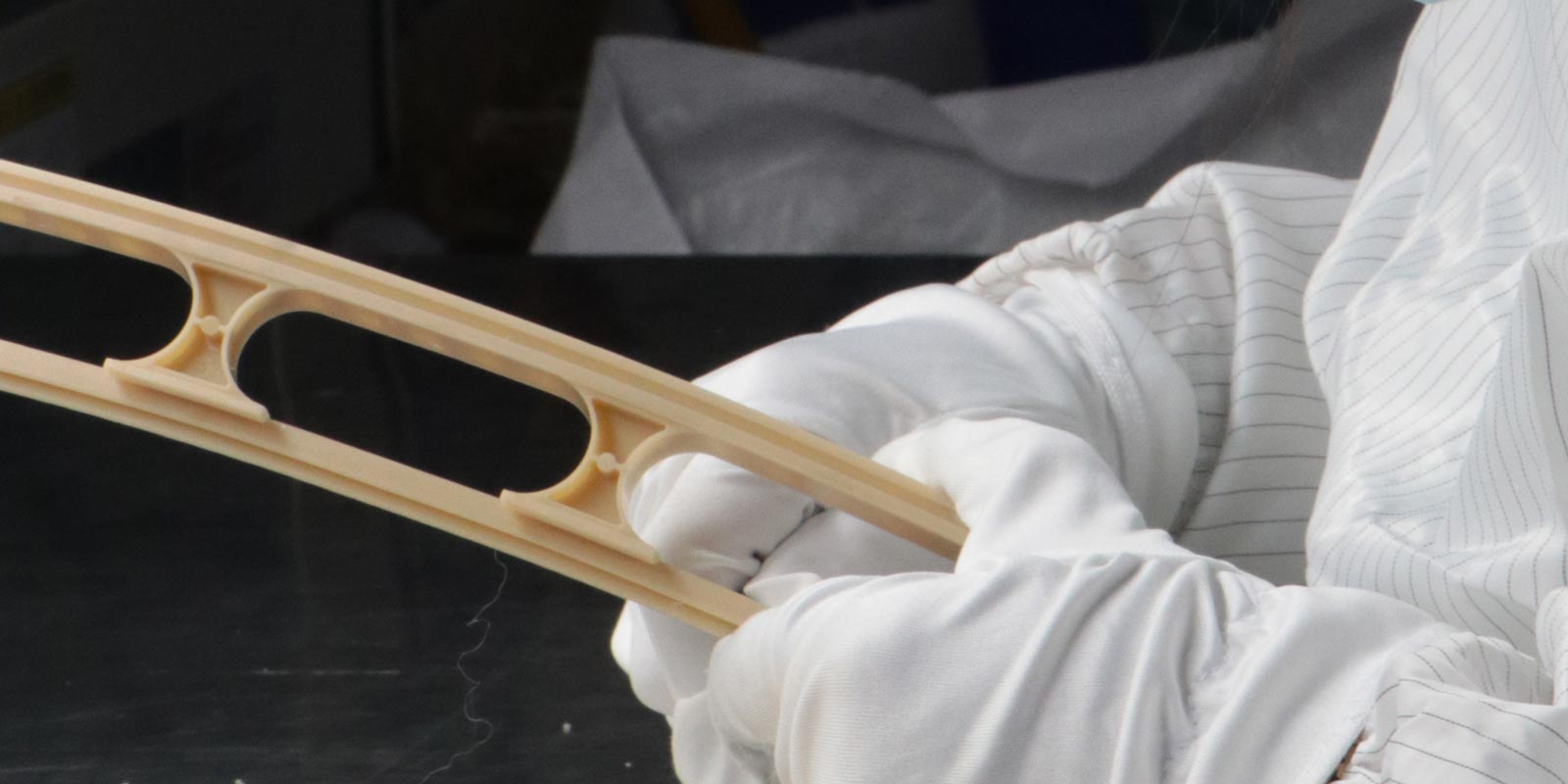
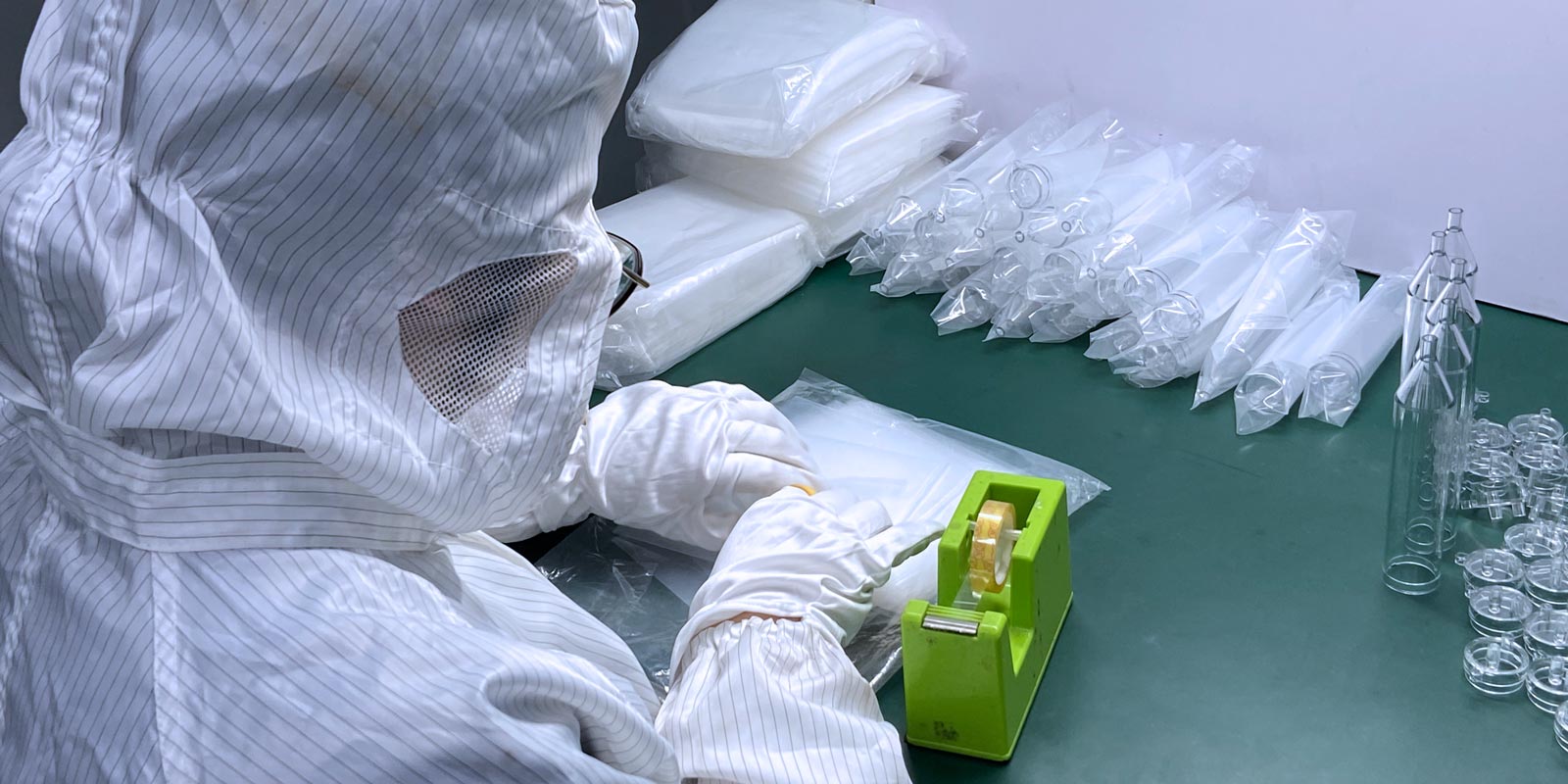
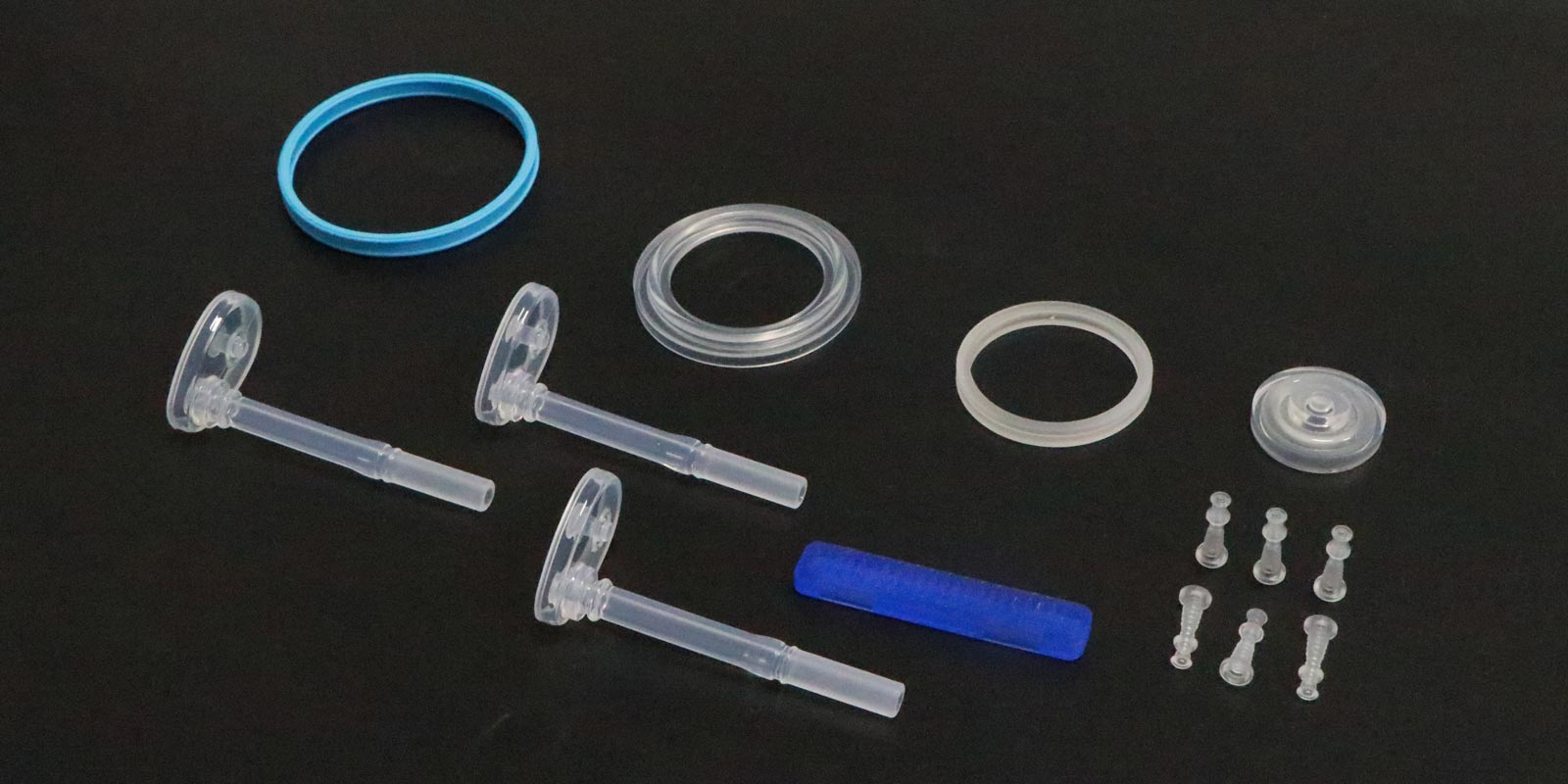

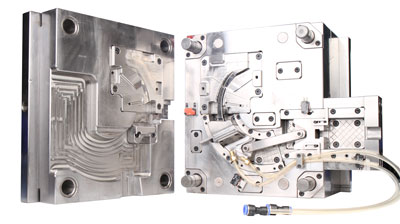
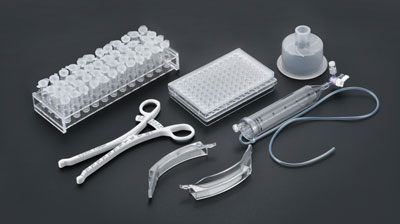
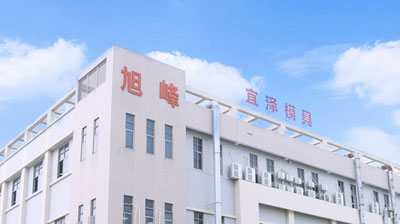







 Home
Home
